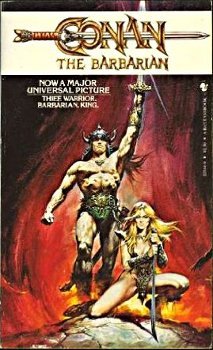Last week we scratched the surface of what a target market is. I introduced you to the concept of demographics and psychographics of finding your reader audience. But how does knowing your demographic info translate into a cover design? It’s one thing to know who would be interested in your book, but another to translate that information visually into something that will appeal to them. This week, we’ll go a little more in depth into a few of the categories in demographics and with a few thoughts to consider how your cover should speak to them.
Age Group?
What sort of age group would be most interested in your book? Think of Harry Potter. The target audience was for children between the ages of 8-12, but once the books became wildly popular, all ages loved the book. The cover designs still reflect their core group however with illustrations that are clearly aimed at that age group.
Here are the different age groups to consider. If you can’t exactly pinpoint it, try crossing off what doesn’t fit and see what’s left.
- 3-to-5-year olds
- Middle schoolers
- Teenagers and young adult
- Echo boomers born between 1979-1990
- Gen X-ers born between 1965-1978
- Boomers born between 1946-1964
- Matures born between 1909-1945
What does your age group connect with? What imagery (both styles and content) are they familiar with and find attractive? Consider these questions when designing for your age group.
Location?
Many readers are more comfortable with locations they can have some experience with (whether through personal experience or other media). Lifestyle, customs, manners of speech, and pace can play a significant role in what your target market is comfortable with on a book cover. It can also help to do some digging into the standard demographics of your genre. For example, according to one survey, 35% of mystery books were read by women from the South. So you might want to plan your cover to call out the familiar, yet add enough mystery to attract interest.
Male or Female (or Equal Split)?
This might be one of the easier categories, since women buy more books than men do. Not many genres can claim to be predominantly read by males, so if you’ve written a book that has a male target market, be sure to avoid putting anything on your cover that might turn them off. That applies for genres like fantasy where the girl/guy ratio is fairly even. If you really think your readership is gender-neutral, than you need to think what will appeal to both without driving one or the other away.
Just one example of knowing the gender of your target market
Education level?
Knowing the education level of your target market can influence your book cover. If you are targeting college educated readers, then your cover can use imagery that requires a little intellectual
mind stretching. It’s still crucial to have an eye-catching image, but you don’t need to shout the theme and content with obvious imagery.
Occupation?
Like education level, occupation can give you a little more freedom of imagery, especially for specialized non-fiction books. Your cover can reflect the profession’s artistic ideals as well as any more nuanced content. You would want to convey to your reader that “Hey. This is a book that knows its field.” For example, my scientist husband likes to joke that scientists take pride in making their posters and websites ugly, sparing prettiness for functional and useful content. How does this reflect in a book for scientists? Since scientists are more concerned about content, if you’re writing a technical science book, you probably don’t need to spend a ton of money on a pretty book cover.
If you have your target market already picked out, it can help you in deciding what cover design would appeal to the people who will have the best experience with your book. You wouldn’t want to design a cover for a teenage girl while your book’s contents, in reading level and plot, are geared for a middle-aged man. Hopefully the above gives you an idea how to begin using your target market to create the best cover design for your book.
Afterword
In case you’re still having some problems narrowing down your target market, MyBestSegments is my favorite resource for different market segments because, with over 60 different segments showing ages, income, stage-of-life and purchasing habits, you can probably figure out one of a few segments that your book’s readers belong to. Then you can use their similar purchasing habits to think about their cover. Not related, I also enjoy that you can type in your zip code and find out what types live in your district (not book cover related at all, but still fun.)






